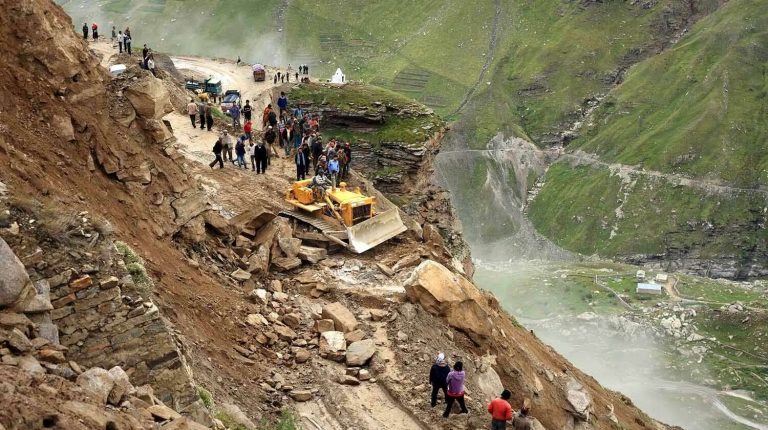Before it is too late, stop considering Nature as enemy. If humanity continues with the mindless spree of development in eco sensitive regions, the third eye of ascetic Shiva may get activated. For Lord natural disasters that creates miseries for human are merely an enthralling dance.- Tandon Sir
PART-I
Extreme rainfall that recently occurred in North India is one of the many extreme weather events that can take place. In this article we will list some of the impacts of extreme rainfall and how to mitigate them.
Extreme weather events encompass a wide range of phenomena, including:
1. Hurricanes/Typhoons/Cyclones: Intense tropical storms with strong winds and heavy rainfall.
2. Tornadoes: Violently rotating columns of air, usually associated with severe thunderstorms.
3. Heatwaves: Prolonged periods of abnormally high temperatures.
4. Cold Snaps: Extended periods of unusually cold weather.
5. Droughts: Extended periods of below-average precipitation leading to water scarcity.
6. Floods: Overflowing of water onto land that is usually dry, often due to heavy rain or melting snow.
7. Wildfires: Uncontrolled fires that spread rapidly across vegetation and forested areas.
8. Blizzards: Severe snowstorms characterized by strong winds and reduced visibility.
9. Hailstorms: Storms that produce large balls of ice called hailstones.
10. Thunderstorms: Storms accompanied by thunder, lightning, and heavy rain.
11. Derechos: Fast-moving, long-lived windstorms associated with a line of thunderstorms.
12. Ice Storms: Storms that coat surfaces with a layer of ice due to freezing rain.
Extreme weather events can vary in intensity and impact, and they may occur in different regions of the world based on local climate and geographical factors.
The Himalayan region is more prone to heavy rainfall due to its unique geographical and meteorological characteristics. Several factors contribute to the increased occurrence of heavy rain in this area:
The Himalayas act as a natural barrier to the monsoon winds coming from the Indian Ocean. Mountains force these winds to rise, cool, and condense leading to heavy rainfall on the windward side of the mountains.
During the summer, warm and moist air from the Indian Ocean moves towards the landmass. This moist air on reaching the Himalayan region releases its moisture causes rainfall.
The strong heating during the day in foothills and valleys causes an unstable atmospheric conditions leading to convective rainfall.
The Himalayas often interact with cyclones and low-pressure areas which can enhance the amount of moisture and increased rainfall.
The Himalayan region is facing climate change. The rising temperatures may lead to changes in precipitation patterns, and hence making heavy rainfall events more frequent.
These factors may lead to associated hazards such as landslides, flash floods, and glacial lake outburst floods.
To be continued.

